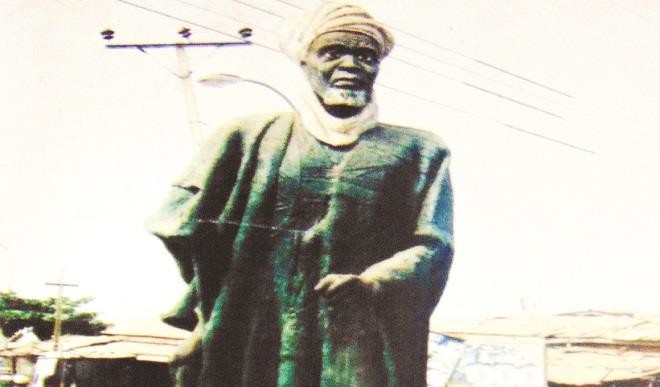Seriki Williams Abass: 19th century slave merchant who married 128 wives
He was one of the many slaves of Abass of Dahomey, and since a slave will always bear the name of his master, he became known as Abass. When he was bought by Williams, another slave owner who took him to Brazil where he learnt four languages, he now bore the name Williams, making him […]


He was one of the many slaves of Abass of Dahomey, and since a slave will always bear the name of his master, he became known as Abass. When he was bought by Williams, another slave owner who took him to Brazil where he learnt four languages, he now bore the name Williams, making him Williams Abass, an interesting combination of names which seem to unite two world views. Abass, a Muslim, had great influence on the young Abass which manifested even in far off Brazil, and so very soon Williams Abass converted to Islam. He was made leader of the Muslim community in Badagry by the time he returned to Lagos as a slave merchant, which was a major departure from his slave beginnings. Abass was born at Ijoga Orile town in Ogun State, and his name at birth was Famerilekun.
An account written by Anago Osho, the multi talented and articulate guide at the Seriki Williams Abass Museum at Badagary, states “Mr. Williams bought him as a slave from Abass and took him to Brazil. There, in Brazil, Mr. Williams realised there was something unusual about him. So, he refused to sell the boy, and took him to his house as a domestic slave. The boy himself was so intelligent that he learnt how to speak English, Dutch, Portuguese, and Spanish through Mr. Williams and the friends of Mr. Williams in Brazil.” Later on Mr. Williams invited Abass to be a partner in his slave business. Osho writes “Mr. Williams sponsored him back to Africa. The first place he settled at was the colony of Lagos. He first settled at Ofin near Isale Eko on Lagos Island.” The former slave had all of a sudden, now become a partner in the slave business.
Very soon Abass left Lagos and went and settled in the Badagry area where the slave trade business was flourishing at that time, but he still maintained ties with Williams who was in Brazil. Osho states “In Badagry, through the support of Mr. Williams and his friends, the Brazilian Barracoon was built for him, and he also spent his money and the labour was supplied by his slaves.” The Barracoon was first built of bamboo around 1840. But later on it was rebuilt with bricks, iron corrugated sheets and hinges, which were imported into Badagry for its constructon. Abass now became a middleman and facilitator of the slave trade. In keeping with this position his Barracoon in Badagry was made up of 40 slave cells where men and women were kept separately, that is 40 of them in a small room, until they were ready to be shipped to Europe and America through the point of no return on nearby Gberefu Island. When the trade in slaves was abolished, Abass quickly adjusted his interests, and he became a general merchant who traded directly with the Brazilians and German merchants such as G.L. Gaisei, Witt and Busch. In Osho’s words “He leased out his houses and landed property for robust profits.” After a while Abass status rose.
Again Osho writes “By 1895 his wealth and status had become so outstanding to the extent that the Muslim community elected him as their Seriki (Head). In 1897 he also became Seriki Musulmi of the whole western Yorubaland around the Egbado corridor.”
There are many firsts associated with him: In 1895 Major J.E Ewart made him the political ruler of Badagry. Abass built the Badagry Central Mosque, at Sango, Badagry in 1896, and in 1898 he founded Egbe Killa. In 1902 the Badagry Council was established and Seriki Abass became its president. In 1902 he also founded Aiyetoro in present day Ogun State, and he became its first ruler. He had 128 wives and 144 children, and many of his descendants can be found on Lagos Island and also in Kano, says Osho. But there doesn’t seem to be much information on his wives, or how he managed to have a very full household. Seriki Abass died on 11 June 1919, and he was buried in his impressive residence known as the Brazilian Barracoon of Seriki Abass. His tomb as well as that of his youngest son, can still be seen in his compound in Badagry.
